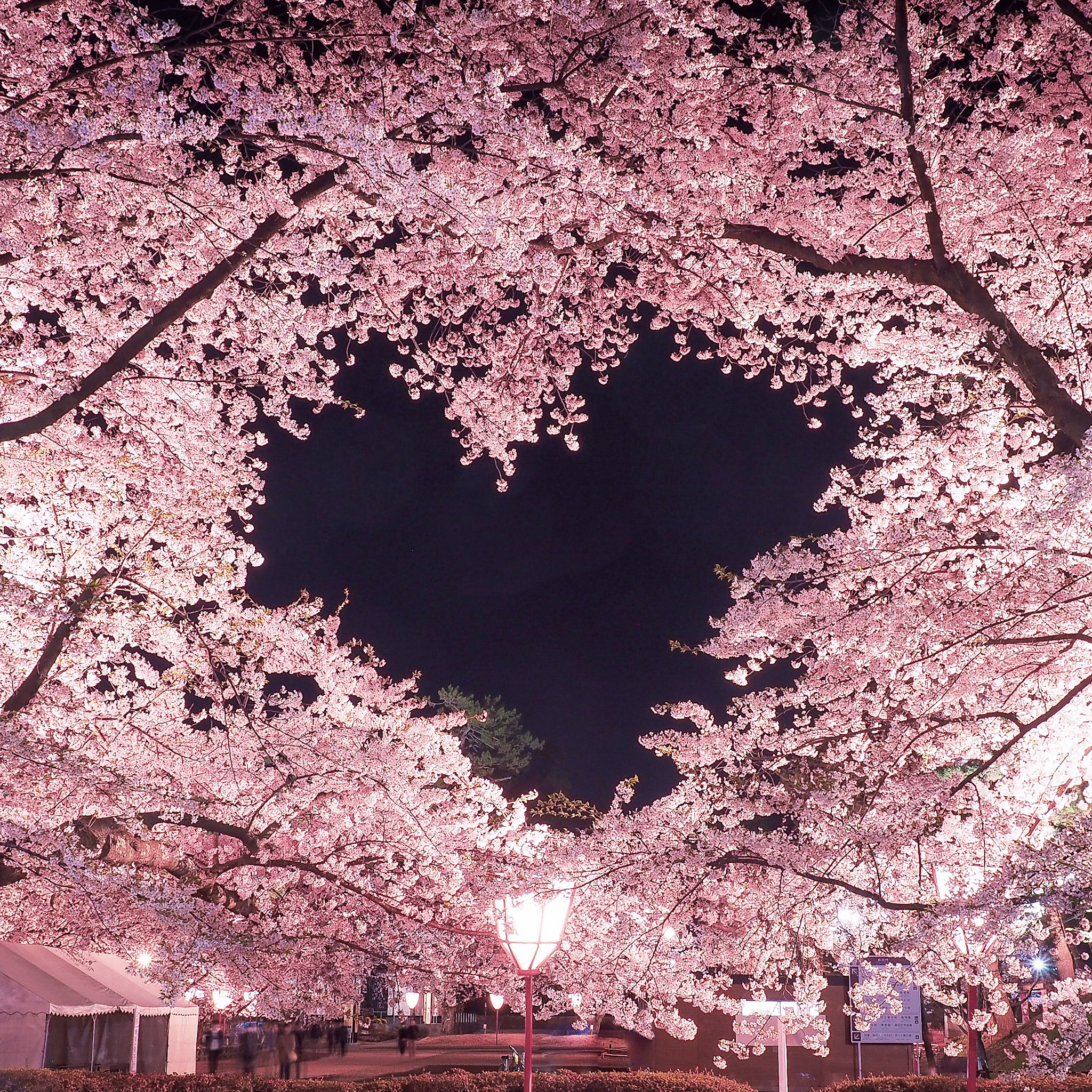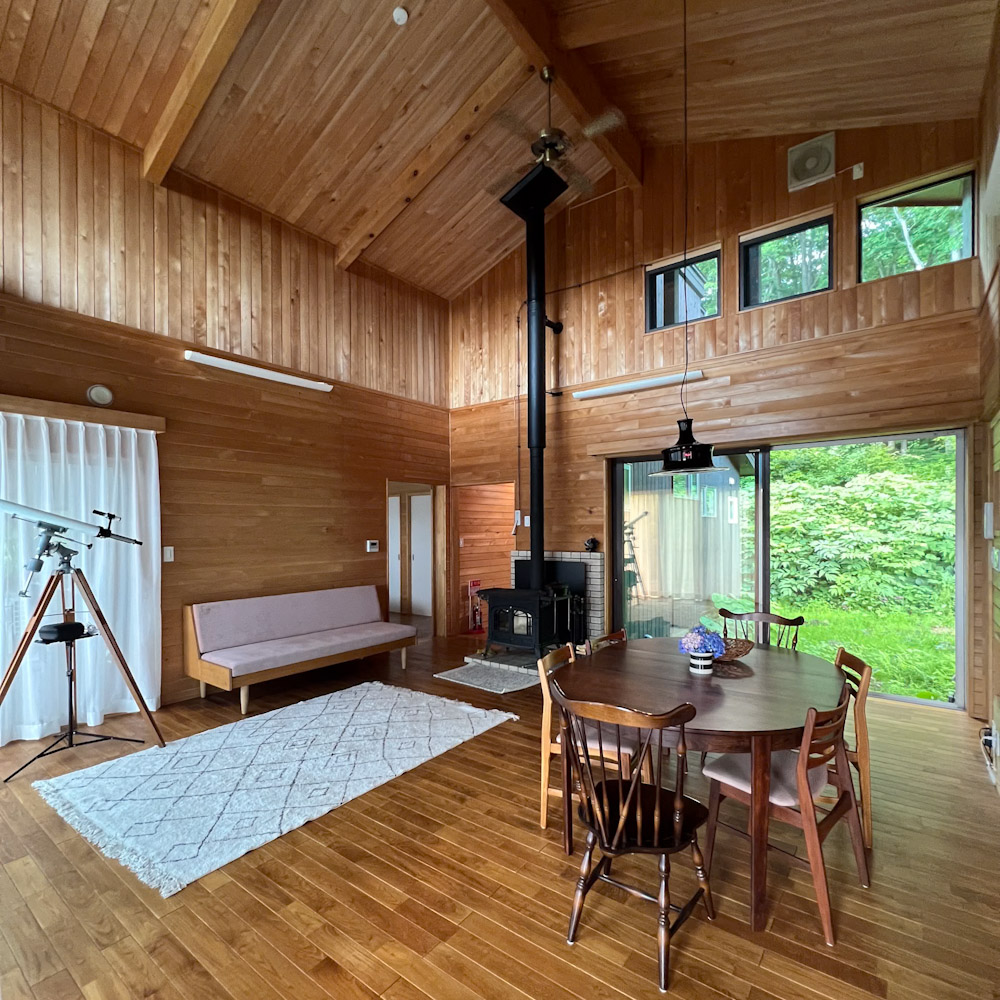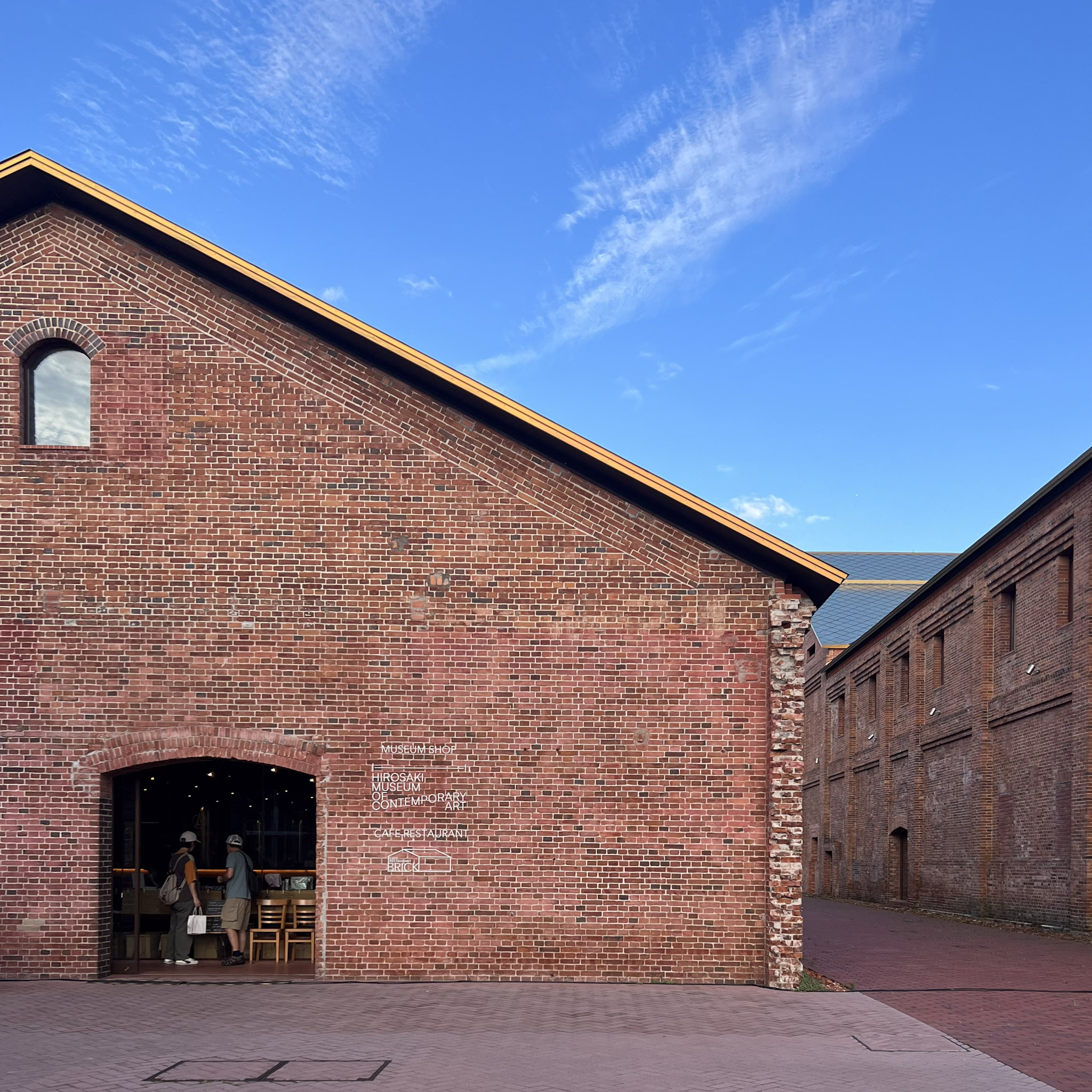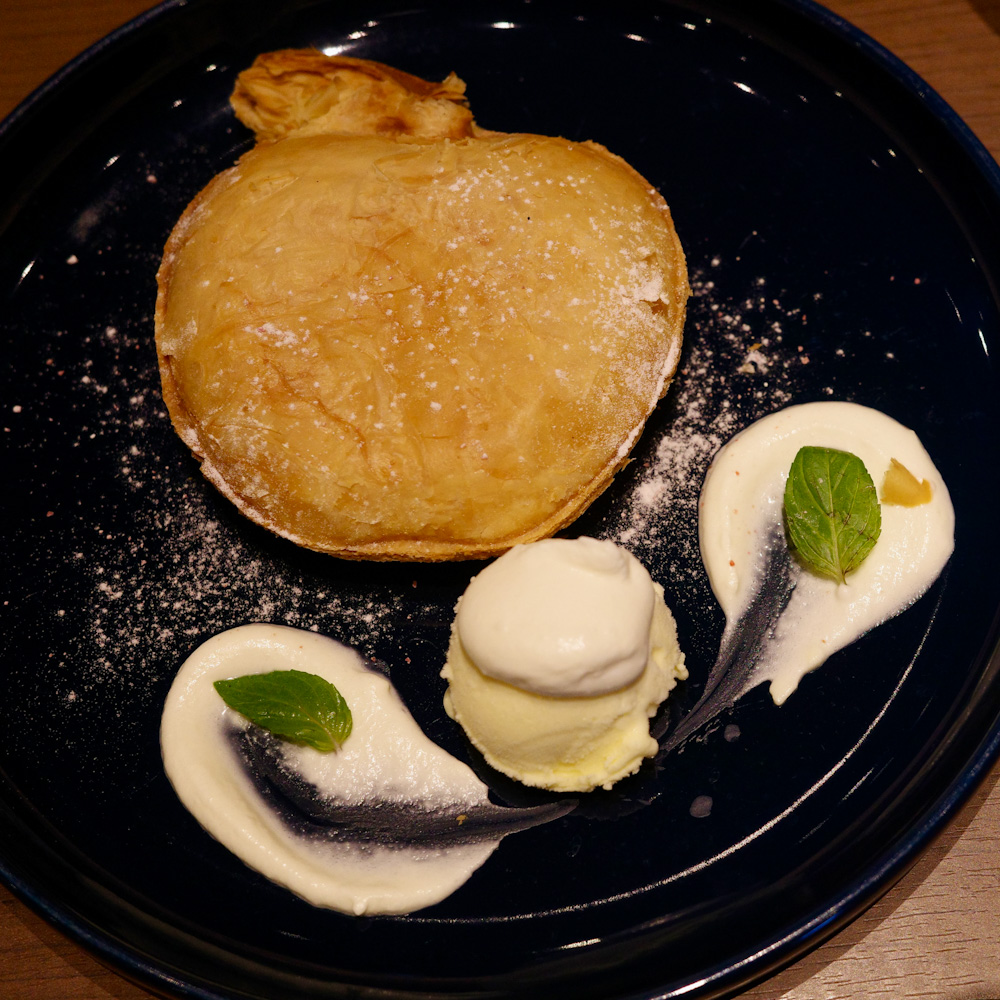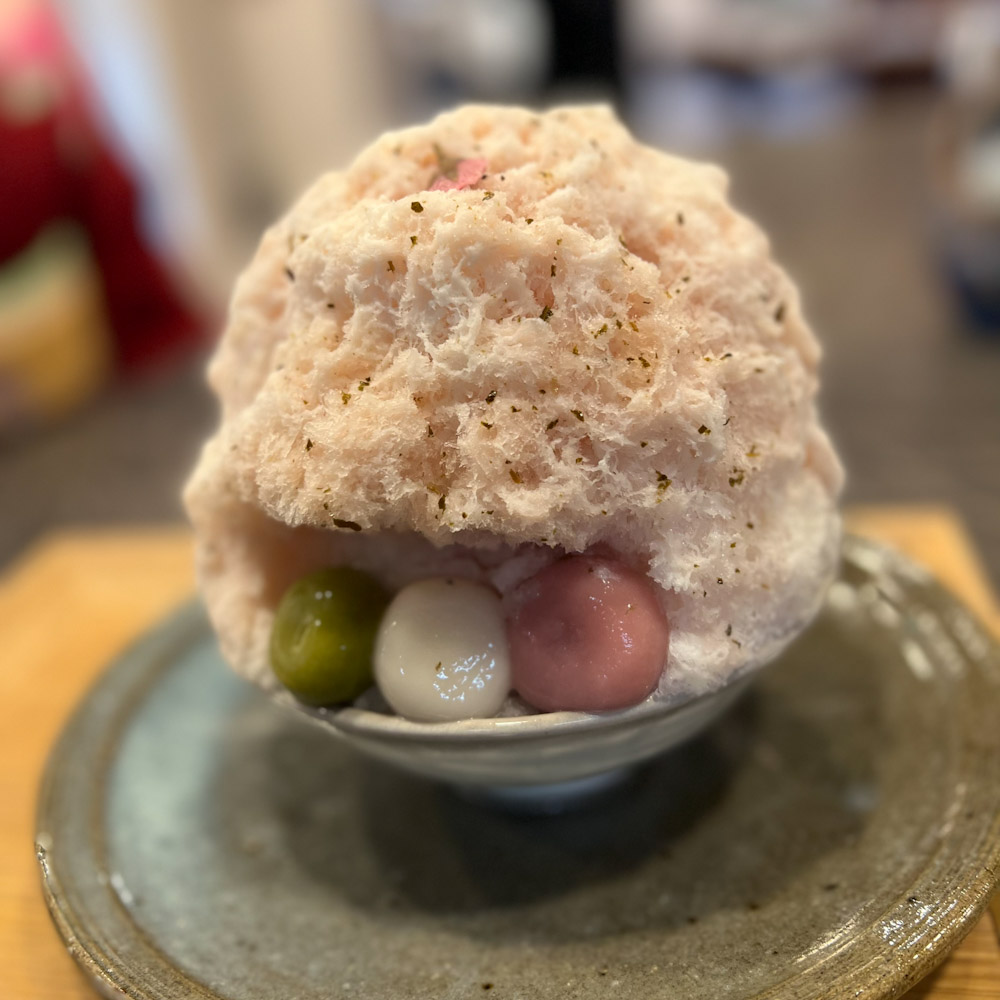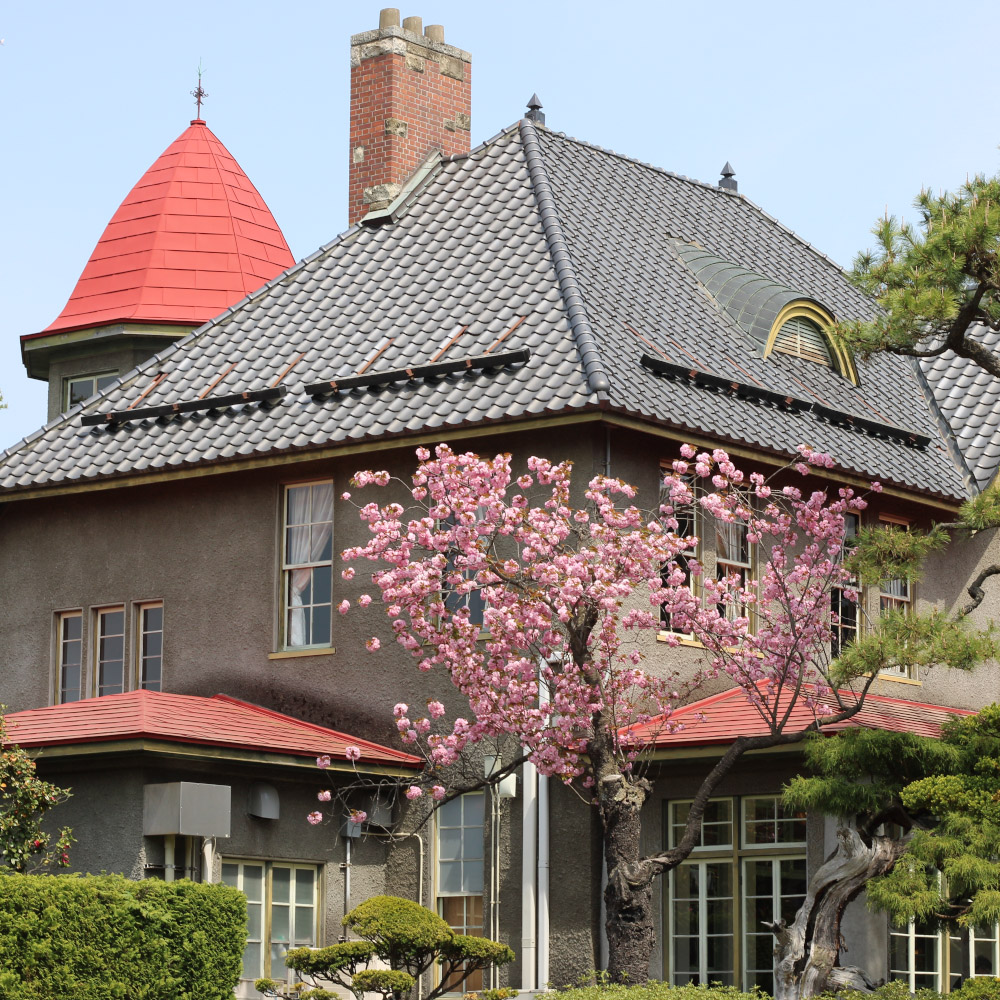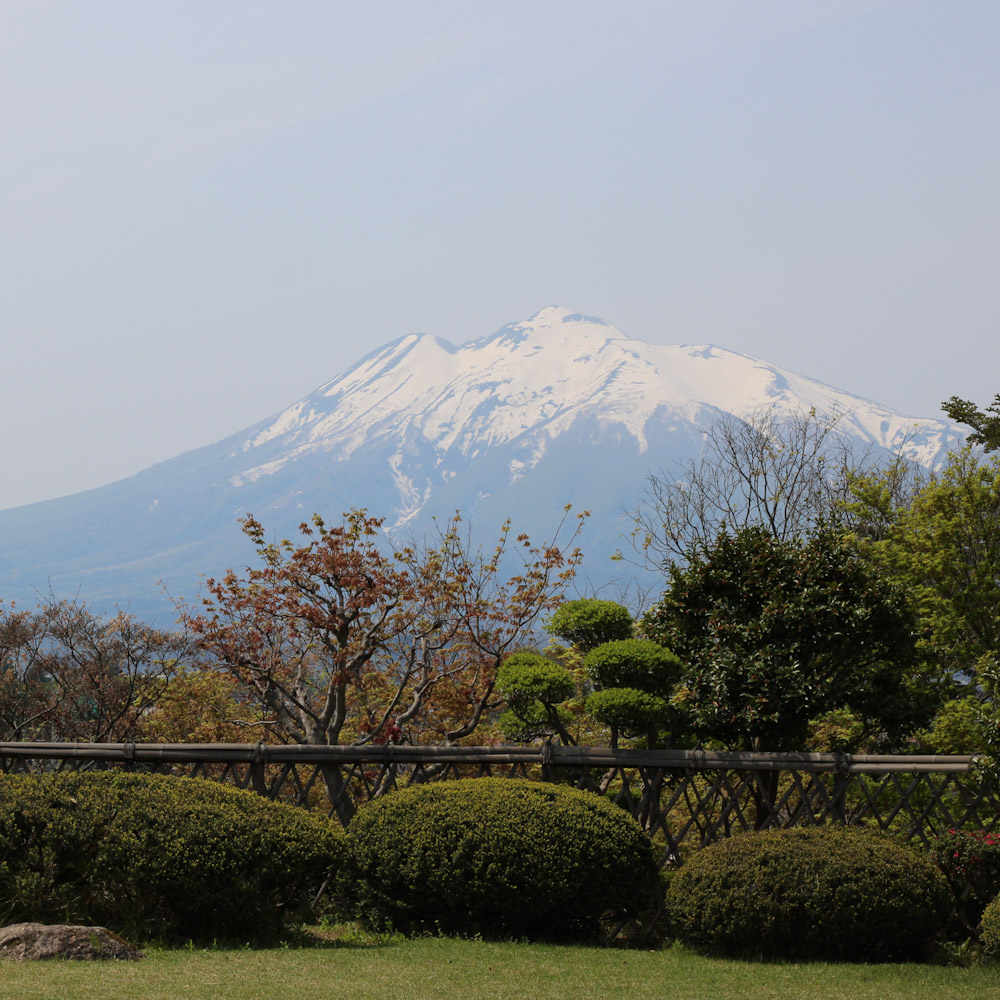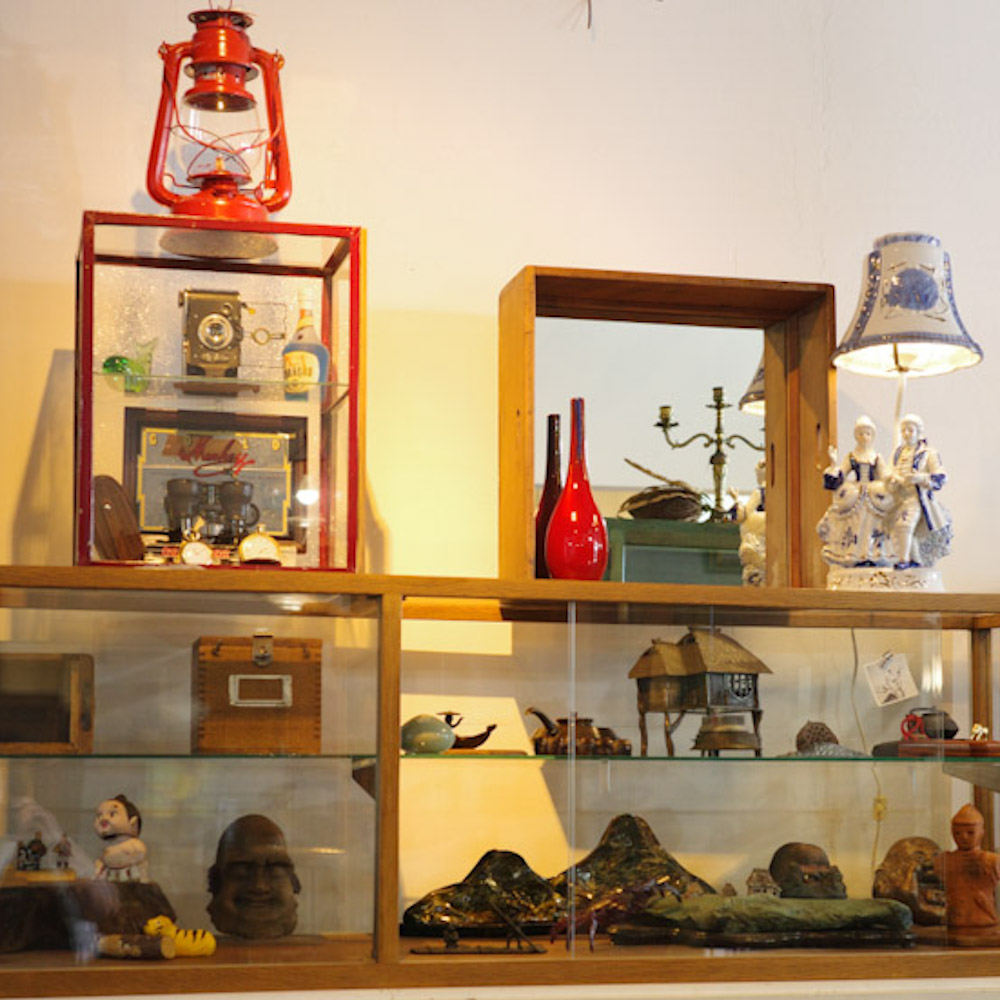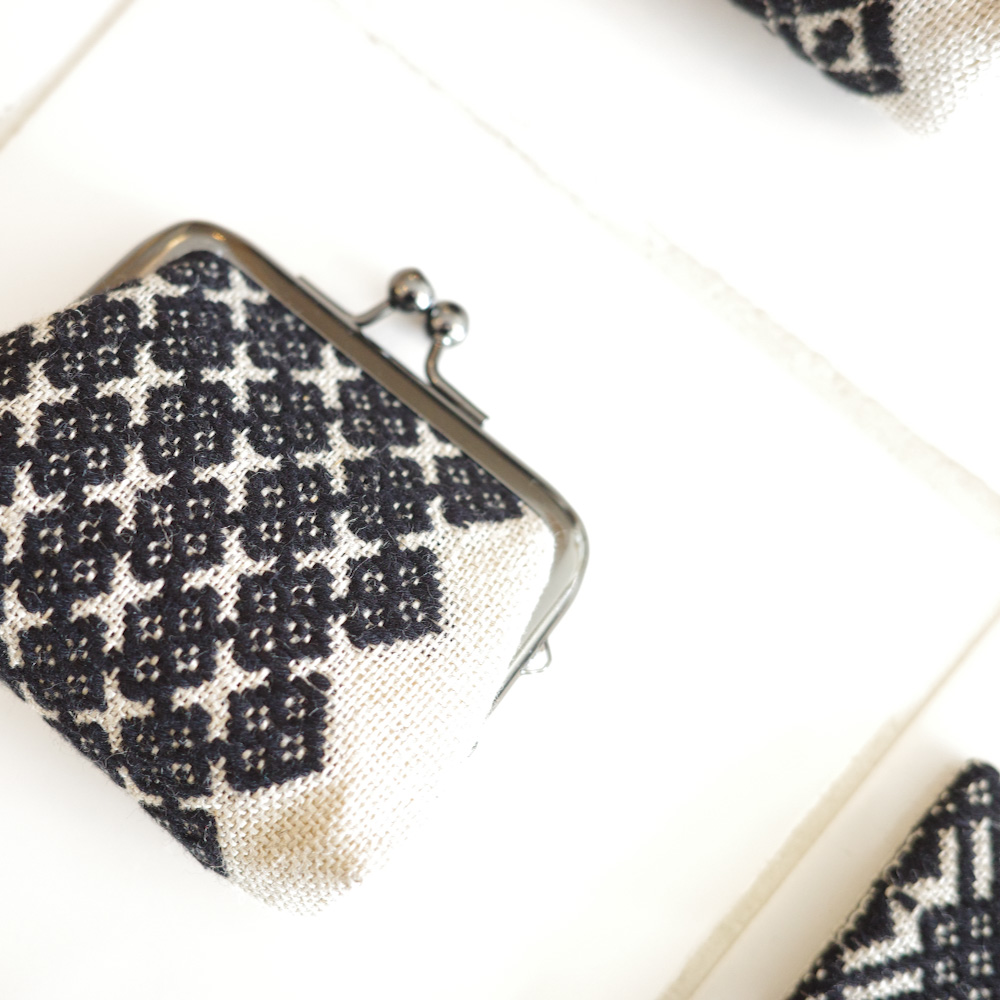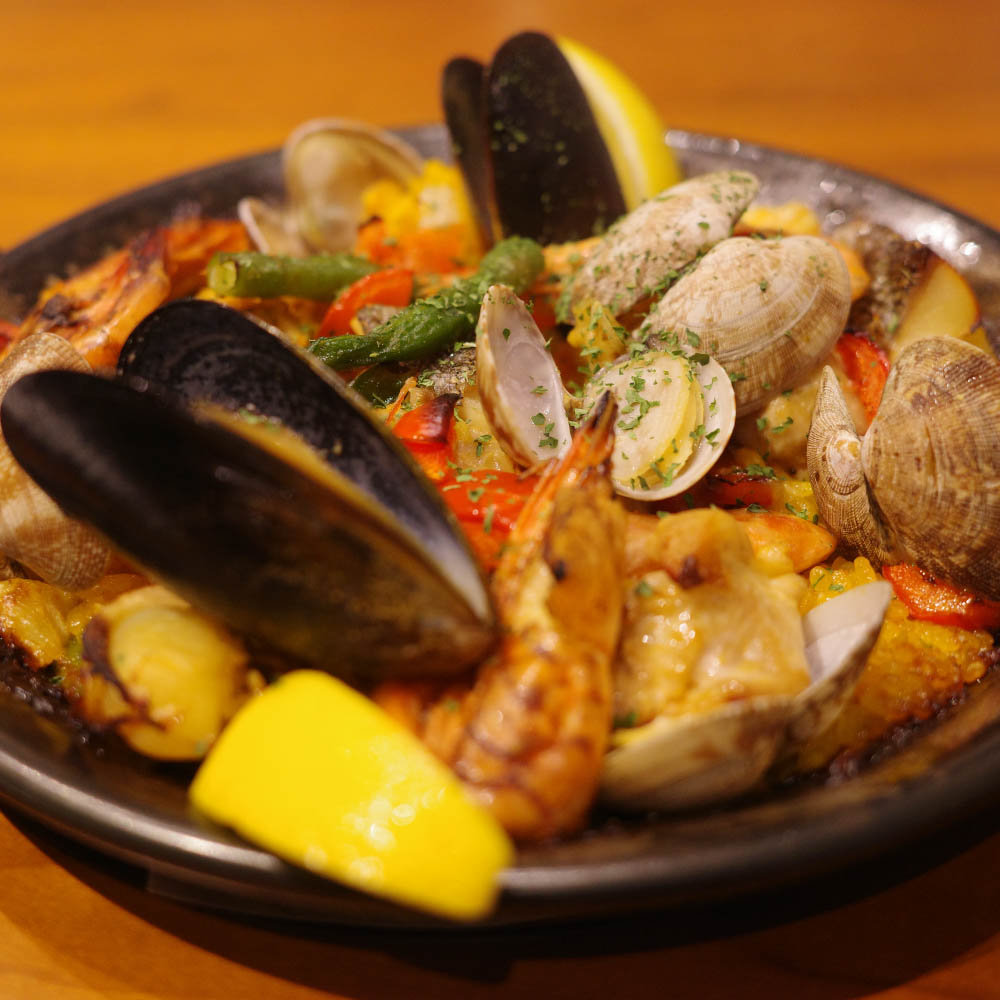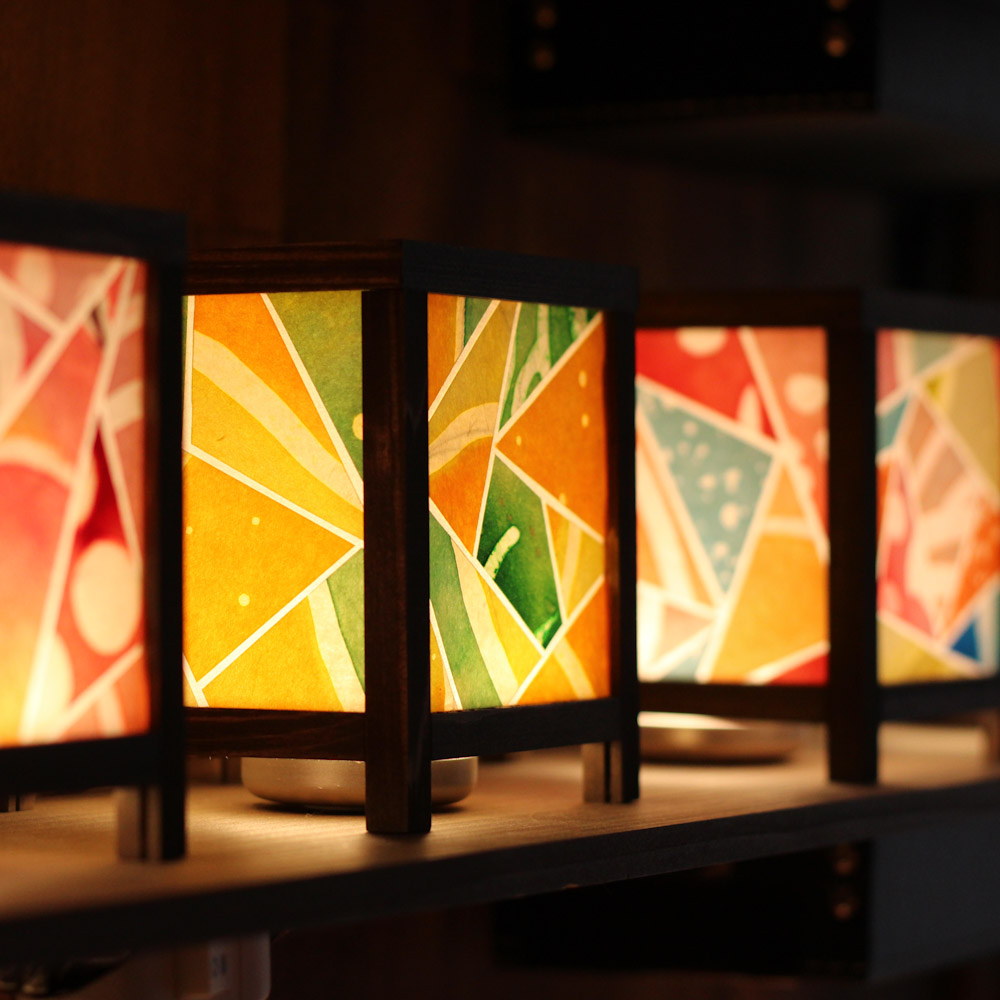PPP
A single glass bottle sits in front of a small Japanese house surrounded by a board fence in a quiet Hirosaki residential area, with a small sign by its side. When I went to the front door, the sliding door was locked. I pressed the doorbell, and shortly after, the owner, who was apparently working upstairs, appeared and unlocked the door.
Once inside, I found that the place used to be a hospital, and the reception desk from those days was still there. Inside, furniture from Scandinavia, America, Germany, and Holland were randomly placed. It looks random, but at the same time, it seems to be well-calculated. The tone seem disparate, but there is a sense of consistency.
At the second floor, miscellaneous goods and furniture that have been purchased placed on the floor.
The courtyard garden seen from the corridor and the light shining through the colorful vintage glass were indescribably beautiful.



I kind of knew that Scandinavian furniture and Japanese-style rooms go well together, but had no idea that the addition of the historical texture of a Japanese house that has been used for many years could create such a unique atmosphere. The decorative latticework on the windowpanes gives the house a modern feel, as if it were a Mondrian poster.
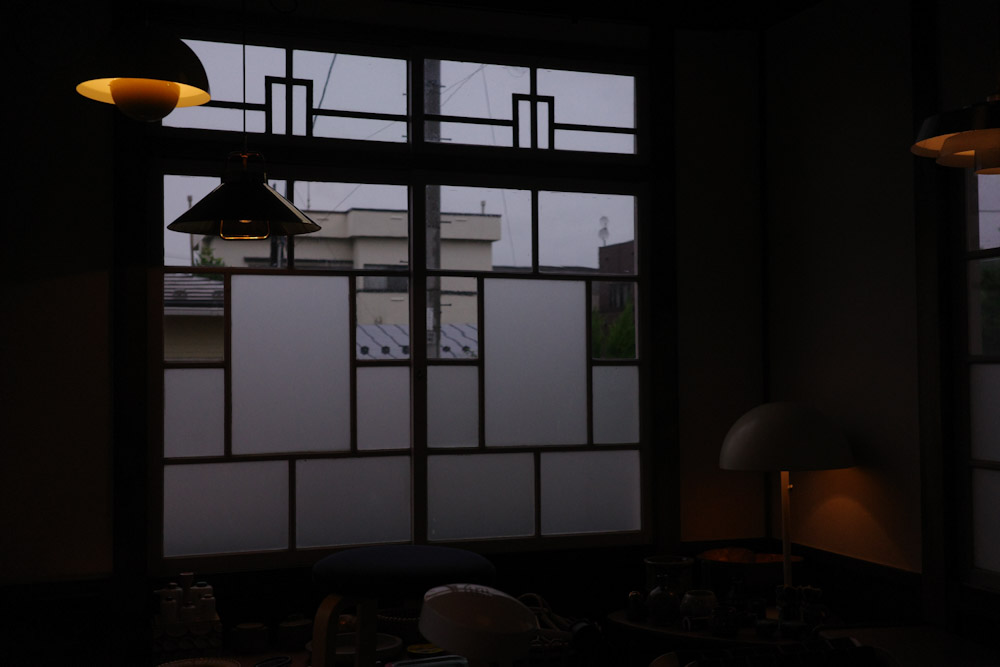
The house is called the “Former Sugiyama Hospital” and is also designated as a “quaint building” by Hirosaki City.” The main building was built in the Meiji period (1868-1912), and the clinic was added in 1945 (Showa 20), and the building retains much of its original appearance.

Mr. Ishida, the owner of the store, tells a story about how P.V. Jensen Klint, the father of Koa Klint, the founder of modern Danish furniture, was greatly influenced by his thorough study of Japanese culture and created a pleated shade light with origami as a motif. He also talked about the difference between BUNACO’s management strategy and craftsmanship in the past and present. There were many stories behind each item.

I shared my own theory that “Aomori is Japan’s Northern Europe,” something I have been feeling ever since I came to Aomori, and Wakana Nakano, the representative of Towada Sauna (@towadasauna), told me that she also reads “Kita-no-oku” (北の奥), which means the back of the north (Hoku-ou).




Coincidently, reading “Aomori Hymn” written by Mitsuru Yoshida, manager of Bank of Japan, Aomori City recently, he wrote
There was a passage that reads, “Aomori is the Norway of Japan.”
“Surrounded on three sides by the sea, with the Arctic Ocean to the north, the Norwegian Sea to the west, and the North Sea to the south, Norway is a country of fisheries and forests.”
“The dialect is the most difficult in Europe because many areas are isolated during the winter.”
“The simplicity of the people and their spirit of passing on their individuality have led to the creation of many first-rate art forms.
“It is a highly industrialized country.”
This sounds like a story I have heard somewhere before.
There are countless stories like this that prove the similarities between Scandinavia and Aomori.
PPP has furniture purchased not only from Scandinavia, but also from the Netherlands, Germany, and other countries around the world.
The collection includes dining tables, chairs, sofas, lighting, tableware, vases, and other miscellaneous items from Scandinavia and Europe, mostly from the 1940s to the 1980s, and includes pieces by Niels O. Moller, Borge Mogensen, Alvar Aalto, Pastoe/Cees Braakman, Dux/Sam Larsson furniture, Dieter Rams audio, Florian Schulz lighting, Rosenthal, Kupittaan savi, DANSK, Arabia, Ittala, KOSTA BODA tableware and fabrics. Tapio Wirkkelk. They have many items that can be used on a daily basis, especially in Tapio Wirkkala.
They also exhibit at the MODERNISM SHOW held at MUJI HOTEL in Tokyo every year.
The owner, Mr. Ishida, worked as a mechanical engineer for 14 years before quitting his job and starting his own furniture store, which had been his dream for many years.
Perhaps the special atmosphere of this store is because the history of the owner of this house, the makers of the furniture, the transferees, the buyers, the store owner, and many other people can be felt quietly layered on top of each other.
According to Ms. Mikami Miyu of OTTABIO, the essence of this store is not only felt when buying furniture, but also when maintaining it. She says she is impressed by the meticulous attention to detail and skill that goes into the maintenance of the furniture.
The store has a warehouse where they store the items that they can’t fit in the store. The warehouse, which is about a 15-minute drive from the store, holds about 400 pieces of furniture from Japan and other countries.
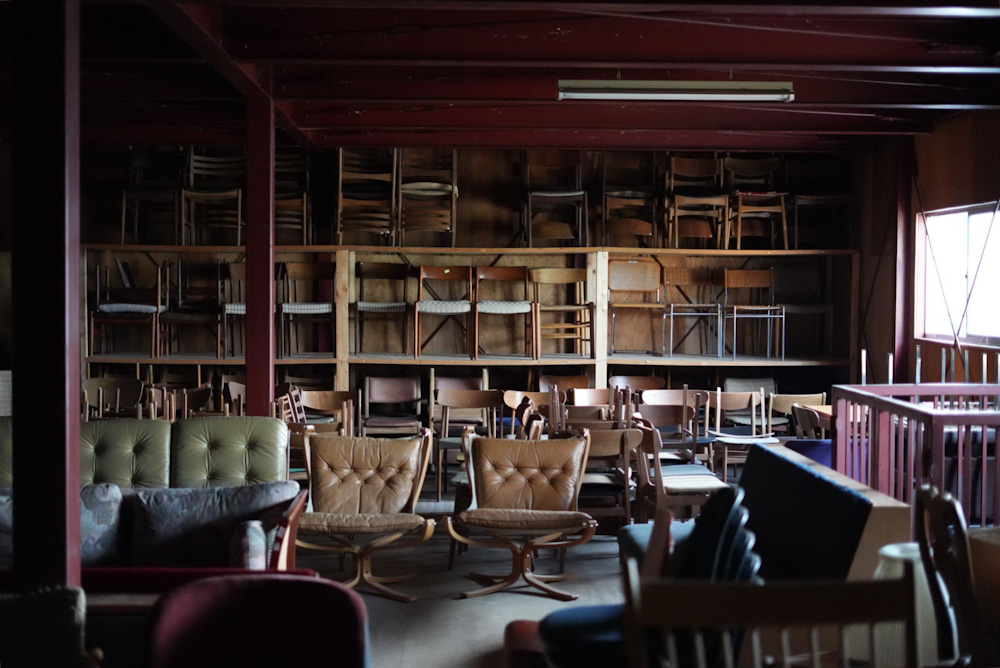
Neither text nor photos can fully convey this atmosphere, so please experience it there.
| Name | PPP |
| Address |
3, Hyakkokumachi Koji, Hirosaki, Aomori, 036-8351

|
|
Business hours |
2:00PM-4:00PM Closed : Tuesday If you would like to see their warehouse, please send them a message via Instagram. https://www.instagram.com/ppp_interior/ |
|
Official site |
PPP |



